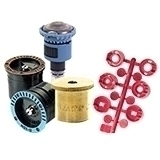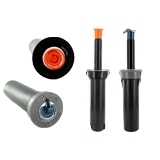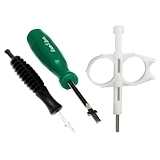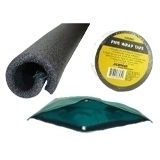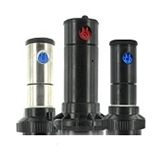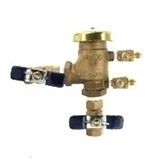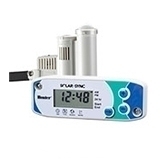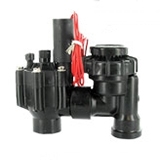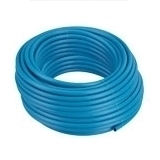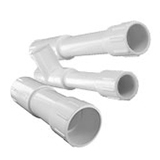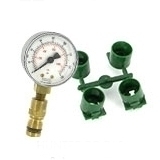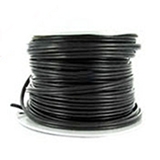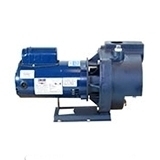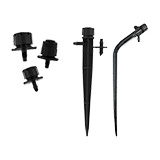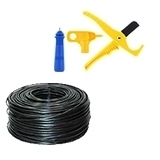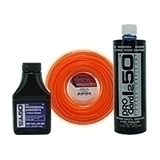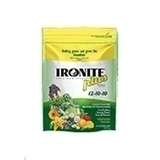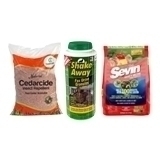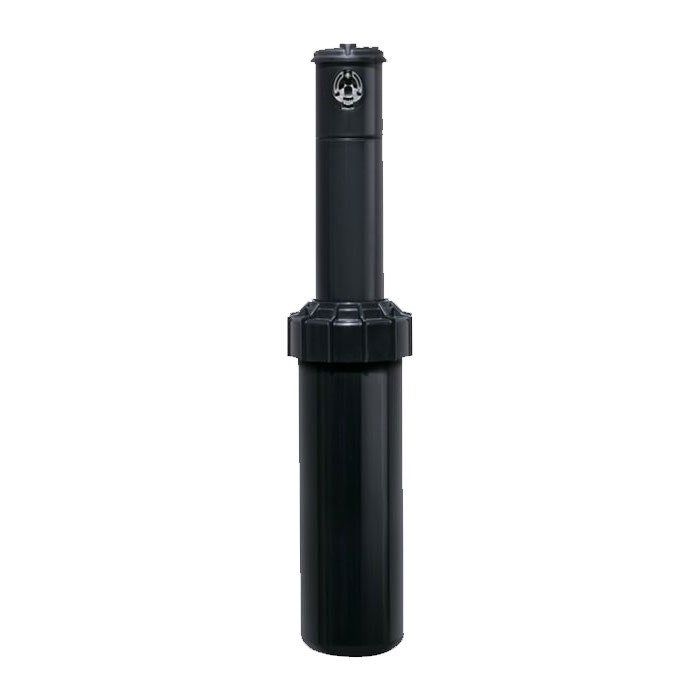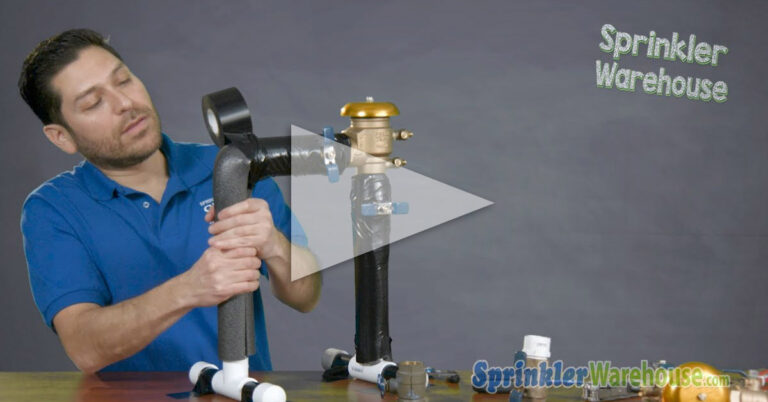Winterizing Your Backflow Preventer
When cold weather hits, backflow preventers can be at risk. Water trapped inside the valves or pipes can freeze, expand, and crack the device, leading to costly repairs. Proper winterization will ensure that your backflow device stays safe and functional throughout the winter months. In this guide, we’ll discuss the importance of winterization and walk through the steps to protect your backflow preventer from freeze damage.
When to Winterize Your Backflow Preventer
Timing is key when it comes to protecting your backflow preventer from freeze damage. Ideally, winterization should be done before the first hard freeze in your area. Even a single night of below-freezing temperatures can cause water trapped inside the valves or pipes to expand, potentially cracking the device or connected piping.
For regions with prolonged cold seasons, it’s also a good idea to inspect your insulation and device periodically during winter. Ice and snow buildup can compromise insulation or expose parts of the valve, reducing protection.
How to Winterize a Backflow Preventer
Winterizing your backflow preventer is a relatively simple process, but it will pay dividends by protecting your equipment. Below, we break it down into four clear steps to make winterization quick and effective.
Step 1: Turn off Water & Relieve Pressure
The first step in winterizing your backflow device is shutting off the water supply. Locate the supply-side valve feeding the backflow preventer and turn it off. This stops water from entering the device. Next, open the release valves (or bleed valves) on the backflow preventer. Opening these valves releases any residual water and pressure inside the system. If a valve is closed, water can remain trapped inside. So, by opening these valves, you allow any remaining water to expand without damaging the device.
Step 2: Insulate the Supply Side
Once the water is off and pressure is relieved, it’s time to insulate the supply side. Pre-cut foam pipe insulation works well for this task, but you can also cut insulation to size. One note about this step is that it’s crucial not to stop the insulation at the valve body. Water can remain inside closed valves, and any trapped water can freeze and crack the valve. Try to wrap the foam insulation completely around the pipe and the valve, covering every exposed section. Once it’s covered, you can secure the insulation with pipe wrap tape to ensure a snug fit and maximum protection. This step alone dramatically reduces the risk of freeze damage on the supply side of your backflow preventer.
Step 3: Insulate the Outlet Side
Now, look to the pipe leaving the backflow device and leading to your irrigation system. Just like the supply side, water can remain in the valves and fittings on the outlet side, making insulation essential. As such, the next step is to repeat the insulation process on the outlet side. Measure and cut foam insulation to cover both the outlet pipe and valve completely. Wrap the insulation securely, overlapping as needed, and fasten with tape. Properly insulating the entire backflow device ensures the outlet side is protected from freezing temperatures and any potential damage that comes with it.
Step 4: Final Checks & “Bag” Your Device
After insulating both the supply and outlet sides, leave the release valves open to allow any remaining water to escape or expand safely. Double-check that all exposed pipes and valves are fully covered with foam insulation and that the insulation is tightly secured. Finally, cover your device with a backflow insulated pouch to ensure your backflow device functions properly without sustaining more damage. Once this is done, your backflow preventer is winter-ready. A properly insulated backflow device is far less likely to crack or fail during freezing weather, saving you time, money, and headaches when spring arrives.
Types of Backflow Preventers and Winterization Differences
Not all types of backflow preventers are winterized in exactly the same way. While the basic principle of removing water and insulating exposed parts applies to all, the specifics can vary. Here is a brief summary of each:
- Pressure vacuum breakers (PVB) are typically above ground and easier to access, making foam insulation and open bleed valves an effective winterization method. You can read more about Winterizing Your PVB on our website.
- Double check assemblies (DCA) are often installed underground or in a valve box, so direct insulation of the valve may not always be possible. As such, proper draining is critical.
- Reduced pressure zone assembly (RPZ) devices often have multiple chambers and relief valves, so complete draining is essential to prevent freeze damage. Insulating the device itself is important if it’s above ground.
- Atmospheric vacuum breakers (AVB) should never be under continuous pressure, so draining and venting are relatively simple. Plus, insulation will protect any residual water in the body.
Thawing Your Backflow Preventer
We understand that life can get in the way of managing your sprinkler system, and sometimes a freeze hits before you’ve winterized your backflow preventer. First things first, never attempt to thaw a frozen device with open flames or high heat. Rapid expansion or uneven heating can crack the valves or pipe even faster than freezing temperatures.
Instead, try to slowly warm the area using a space heater or warm towels. If the device is above ground, wrapping it in blankets or insulated covers while applying gentle heat can gradually melt the ice inside. For devices in vaults or underground boxes, consider carefully directing warm air into the enclosure. Once thawed, inspect the backflow preventer for cracks or leaks. Then, after inspection, proceed with proper winterization steps immediately.
While prevention is always better, slow, careful thawing can help salvage a backflow preventer after an unexpected freeze.
Remember to Winterize!
Proper winterization of your backflow preventer is essential to prevent freeze damage and costly repairs the following season. By following the steps above, you can protect your device throughout the winter months. Understanding the differences between backflow types and taking prompt action before the first freeze ensures your system stays safe and functional.
FAQs
What materials do I need for insulation?
To winterize your backflow preventer, you’ll need foam pipe insulation sized for your pipes, and insulation tape to secure and seal the foam. If you don’t have any insulation, you can still use blankets or insulated covers for extra protection on above-ground valves. Remember, the key is to ensure that all exposed pipes and valves are fully covered to prevent freeze damage.
Do I need to drain my backflow preventer?
Yes, insulation alone usually isn’t enough. Water trapped inside valves or chambers can still freeze and crack the device. Always drain your backflow preventer by opening bleed valves or test cocks before insulating. Proper draining, combined with insulation, provides full protection against freeze damage.
How do I tell if my backflow preventer was damaged by freezing?
After winter comes to a close, inspect your backflow preventer for cracks, leaks, or bulges in the valve body or pipes. Sometimes damage will be obvious, but other times, hairline cracks may be more subtle. As such, you should also check for reduced water pressure, unusual sounds, or dripping when the system is on. Any of these signs may indicate possible freeze damage.


